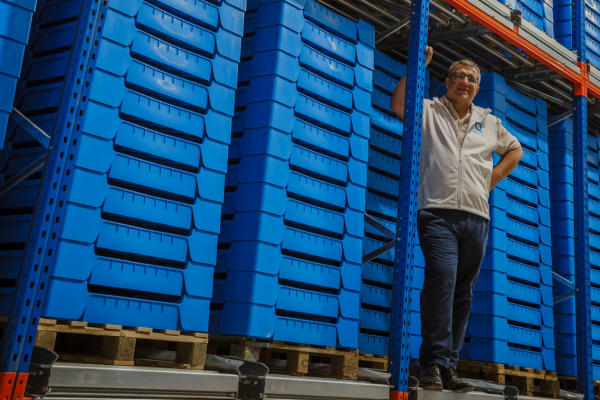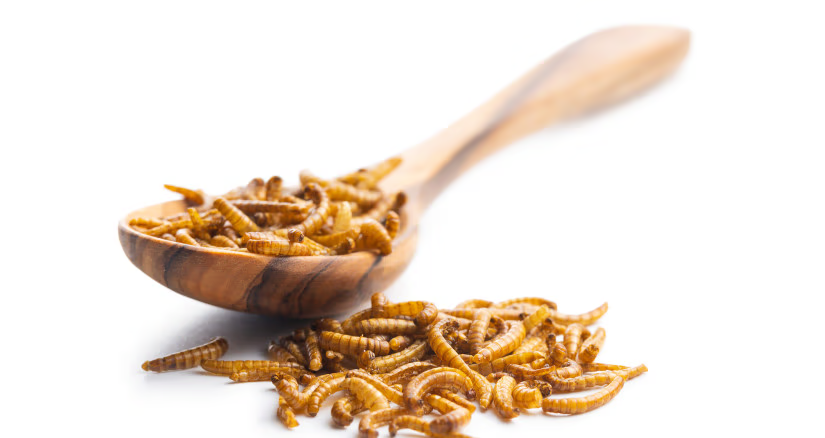Food allergies are a more common problem than we often think for the pets we live with. Almost a third of the world's dog population suffers from a more or less severe intolerance during their lifetime. Sometimes, they manifest through intense itching in areas, such as the paws, back, or abdomen. Sometimes, they develop into flaking of the skin. And in some cases they lead to rashes, loss of fur and other secondary lesions caused by scratching, which can even trigger a dangerous bacterial infection if not treated in time. They also often cause gastrointestinal problems, ranging from vomiting to diarrhoea to upset stomach inflammation, or recurrent ear infections due to sustained irritation of the ear canals. And even respiratory problems.
Among the most allergenic foods are animal proteins, which at the same time, and under normal conditions, are essential for the correct development of our pets. Of these animal proteins, the ones that cause most intolerances are beef, followed by lamb, chicken, and fish. All of them are usually included in the formulation of the most balanced feeds we can find on the market, together with wheat, maize, soya, and dairy products, the other commonly consumed ingredients that can cause the most problems of this type.
Detecting these intolerances is not always easy, as the same symptoms may respond to other types of skin problems or illnesses of a different nature. But if there are suspicions, a provocation test and elimination of certain ingredients from the diet can help us to clear up doubts and find solutions.
Hypoallergenic protein
Fortunately, there are alternatives. One of them is the protein from the Tenebrio molitor or mealworm, a extremely versatile insect that offers top-quality ingredients for animal feed. The meal that Tebrio has managed to extract from this coleoptera not only achieves 72% crude novel protein, but is also more than 90% digestible and highly palatable.
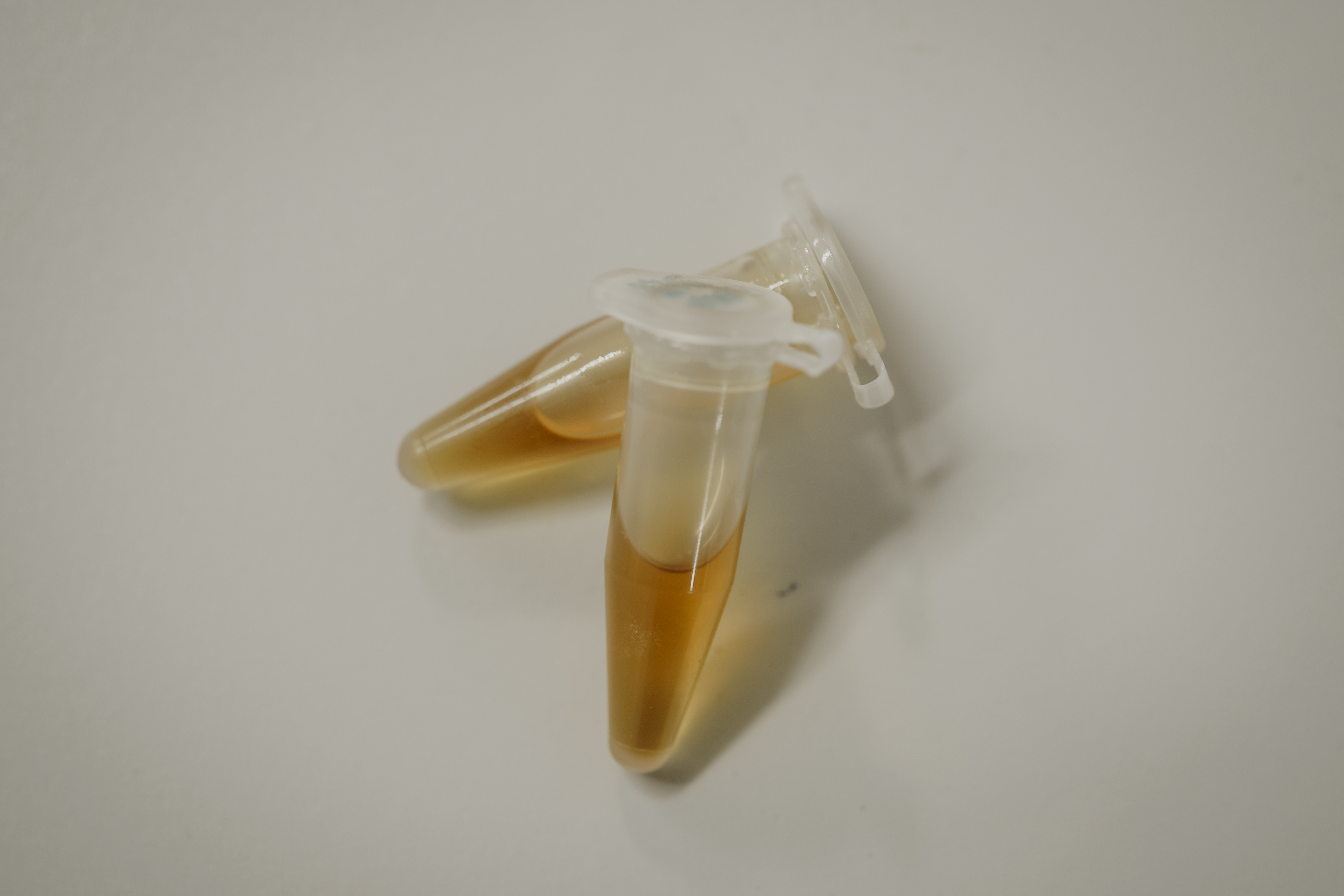
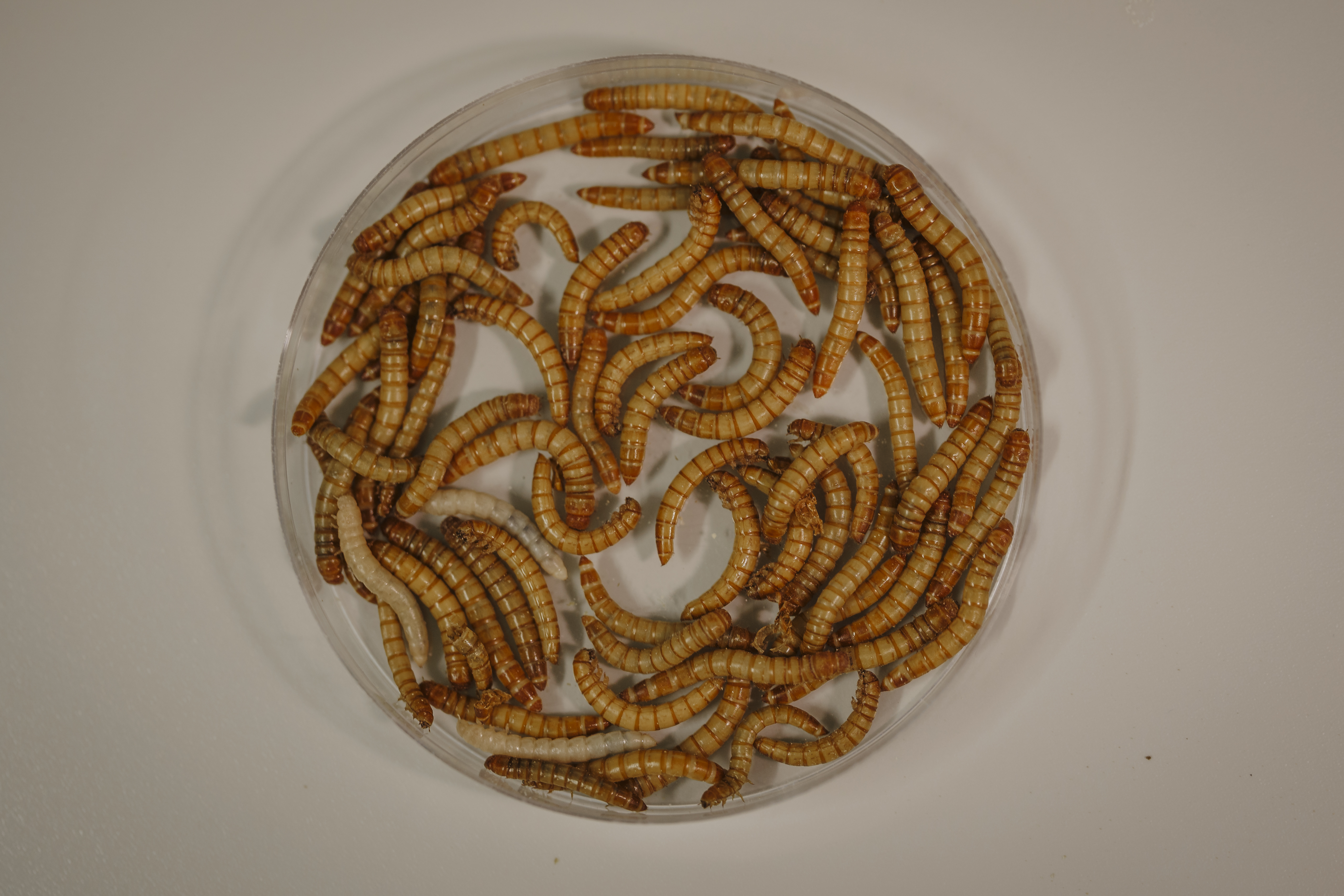
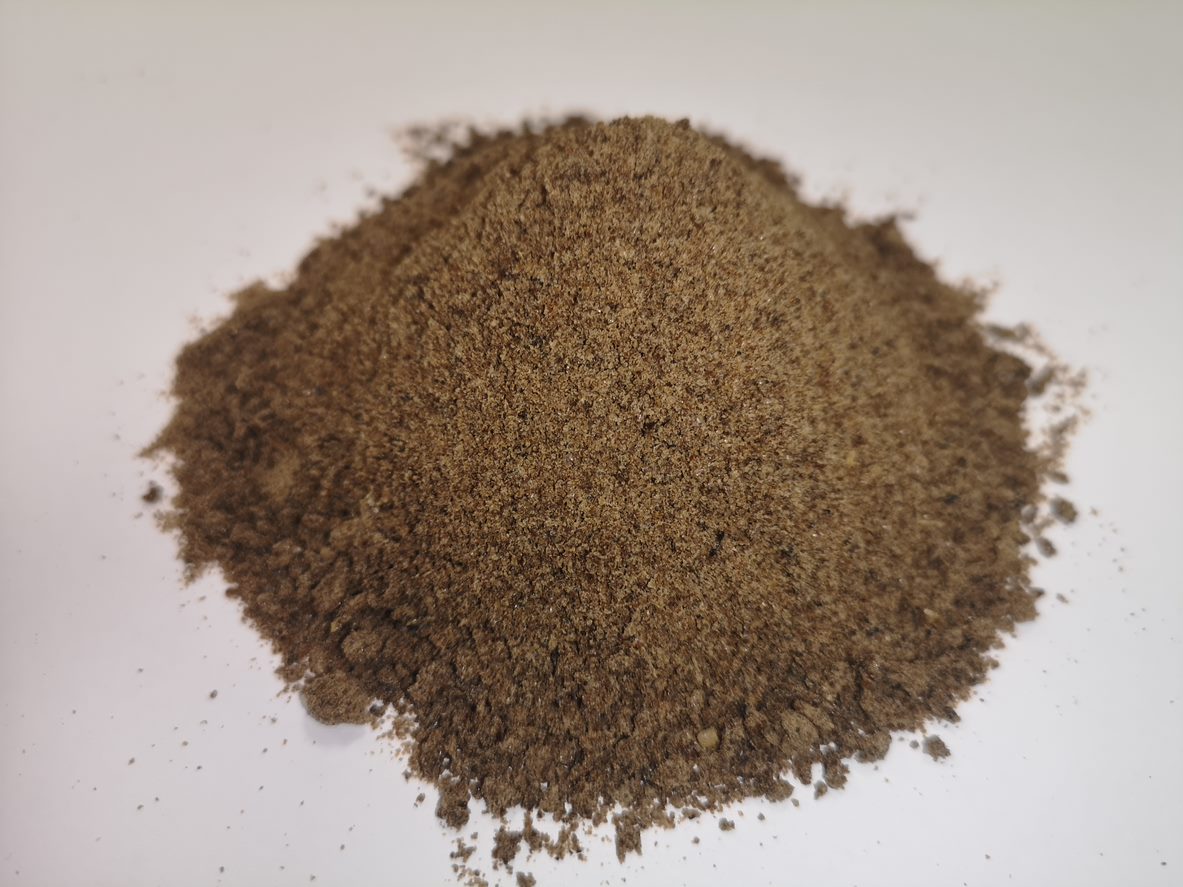
Studies carried out in recent years have also revealed that it has a regulating effect on the microbiota, which promotes the balance of the intestinal flora and improves the animal's immune response in periods in which, for one reason or another, there has been a drop in the level of defences. Furthermore, and this is particularly important when it comes to allergies, our pet's organism will not have an acquired memory of the protein of this insect, so it will be much less likely to cause a diet-induced skin alteration.
In this regard, a recent clinical trial conducted by scientists at Chungbuk University in South Korea reveals that this ingredient has a high degree of hypoallergenicity. This research was carried out on 19 atopic dogs that also suffered from adverse skin reactions to food.
They were classified into 3 groups. The first group of seven individuals received an insect-based diet. The second group of six dogs was given a salmon diet. And the third, of six others, fed a commercial or homemade diet that was also hypoallergenic in principle. The experiment was spread over twelve weeks. The degree of lesions was assessed according to the Canine Atopic Dermatitis Extent and Severity Index (CADESI-4). At the same time, transepidermal water loss (TEWL) and the pruritus visual analogue scale (PVAS) were also evaluated.
Well, after 8 weeks, the group of dogs fed on Tenebrio molitor protein showed a significant decrease in CADESI score compared to the other two groups. The same was true after 12 weeks. Also, there was a decrease in transepidermal water loss at the end of the two and a half month test. And although the study universe, the number of animals surveyed, was small, the scientists concluded that the preliminary results reinforced the thesis that mealworm protein can help to reduce skin barrier dysfunction and the severity of skin lesions. Including those that the animal inflicts on itself in an attempt to soothe the itching it suffers.
A unique molecular structure
Insect-based diets have already been used in veterinary medicine to optimise production in industrial farms and fisheries for species, such as pigs, poultry, freshwater and saltwater fish, and shellfish. And since 2015, they have also been used to diagnose and treat food-associated allergic skin disorders. In Europe alone, there are dozens of pet foods that integrate insect protein and fat.
All indications suggest that Tenebrio molitor protein has a unique molecular structure, both in terms of its amino acid sequence and its three-dimensional conformation. And that these differences mean that it goes unnoticed by the animal's immune system, which ultimately reduces the risk of triggering an allergic reaction. Because, in addition, their appropriate processing can also reduce the presence of potential allergens considerably, increasing the degree of tolerance in sensitive animals.
At the same time, mealworm protein meal strengthens the immune system, as it contains low molecular weight antimicrobial peptides and an optimal proportion of fatty acids. It not only strengthens the intestinal flora, but also has antioxidant properties and can mitigate certain cell damage.
Similarly, the fat extracted from the larva is rich in Omega 6 and 9, unsaturated fatty acids (>70%) and a natural source of oleic, linoleic and alpha linolenic acids. It has anti-inflammatory properties and such a low acidity that it is ideal for premium feed formulation.
Sustainable feed
And all this, with a low environmental footprint, is far lower than that of other conventional protein sources. According to consumption figures for the last decade, in 2014 the pet sector needed 36 billion kilos of food to meet global demand. Today it requires 57 billion. And next year, it will reach 60 billion as, far from stalling, the pet population continues to grow. And there is no sign of it slowing down. Especially in Europe, North America, and South America. Hence the importance and urgency of finding alternative sources of supply to relieve the pressure on the global animal protein market. And the need for these new resources to be environmentally friendly.
From this perspective, insects represent an opportunity worth exploring. Their rearing and processing on an industrial scale emits very little greenhouse gas emissions and produces no waste of any kind. Similarly, the quality and safety of the ingredients obtained from them are fully tested and approved by health authorities. And their production requires infinitely fewer natural resources than any other farm to bring a comparatively much higher volume of protein to market. This allows us to optimise the use of available arable land and water to get the most out of nature's assets without exhausting them.
The petfood industry has a promising future ahead, although it will have to continue innovating as it has done so far in order to find new functional ingredients that respond to specific nutritional and health concerns. And at the same time, it will have to adapt to the environmental requirements demanded not only by regulators, but also by customers.
By Sabas de Diego, CTO at Tebrio, Spain
Sabas has an academic background in Chemical Engineering and 20 years of experience in the agri-food sector. In 2014, he founded Tebrio together with Adriana Casillas, leading the technological development and supervising the team of engineers and scientists on which lies the activity of a pioneering company worldwide in the breeding and processing of insects.
Previously, he headed the technical team at the Maguisa slaughterhouse in Salamanca, where he developed an in-depth knowledge of the agri-food industry and the legislation that regulates it. During this time, he managed R&D projects in the swine sector and managed budgets in upwards of 12 million euros.
Source: All Pet Food Magazine
You could be interested: Insect Protein in Pet Food: Sustainable Breakthrough or Strategic Media Push?
Insect Based
06/11/2024












